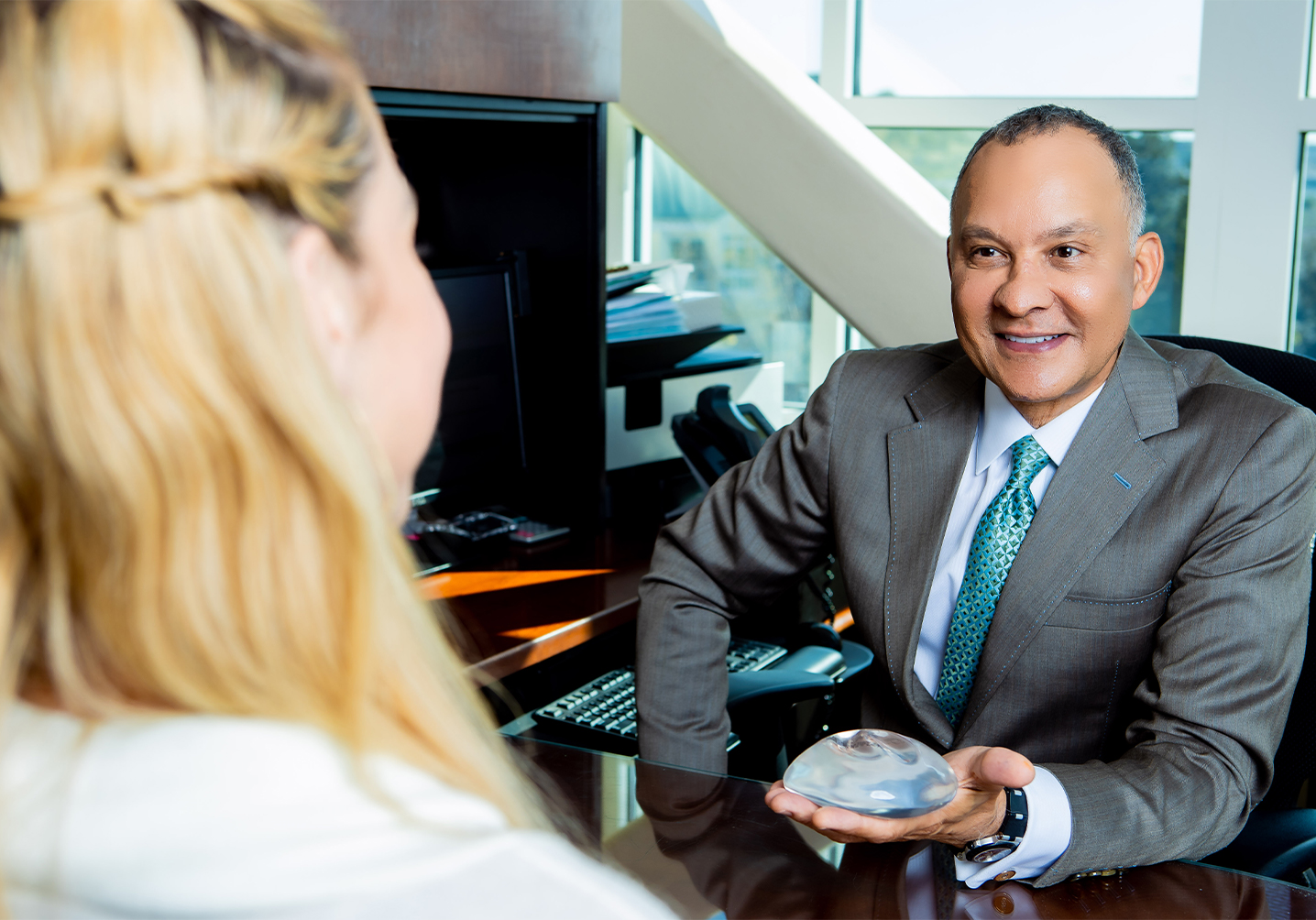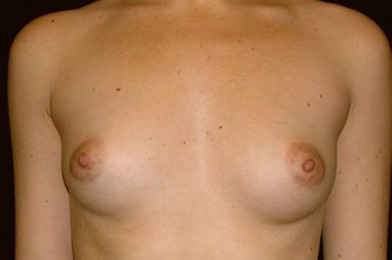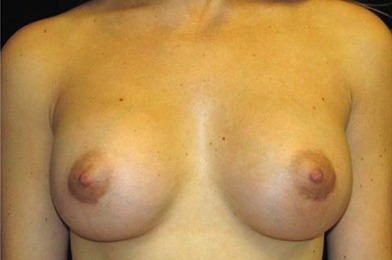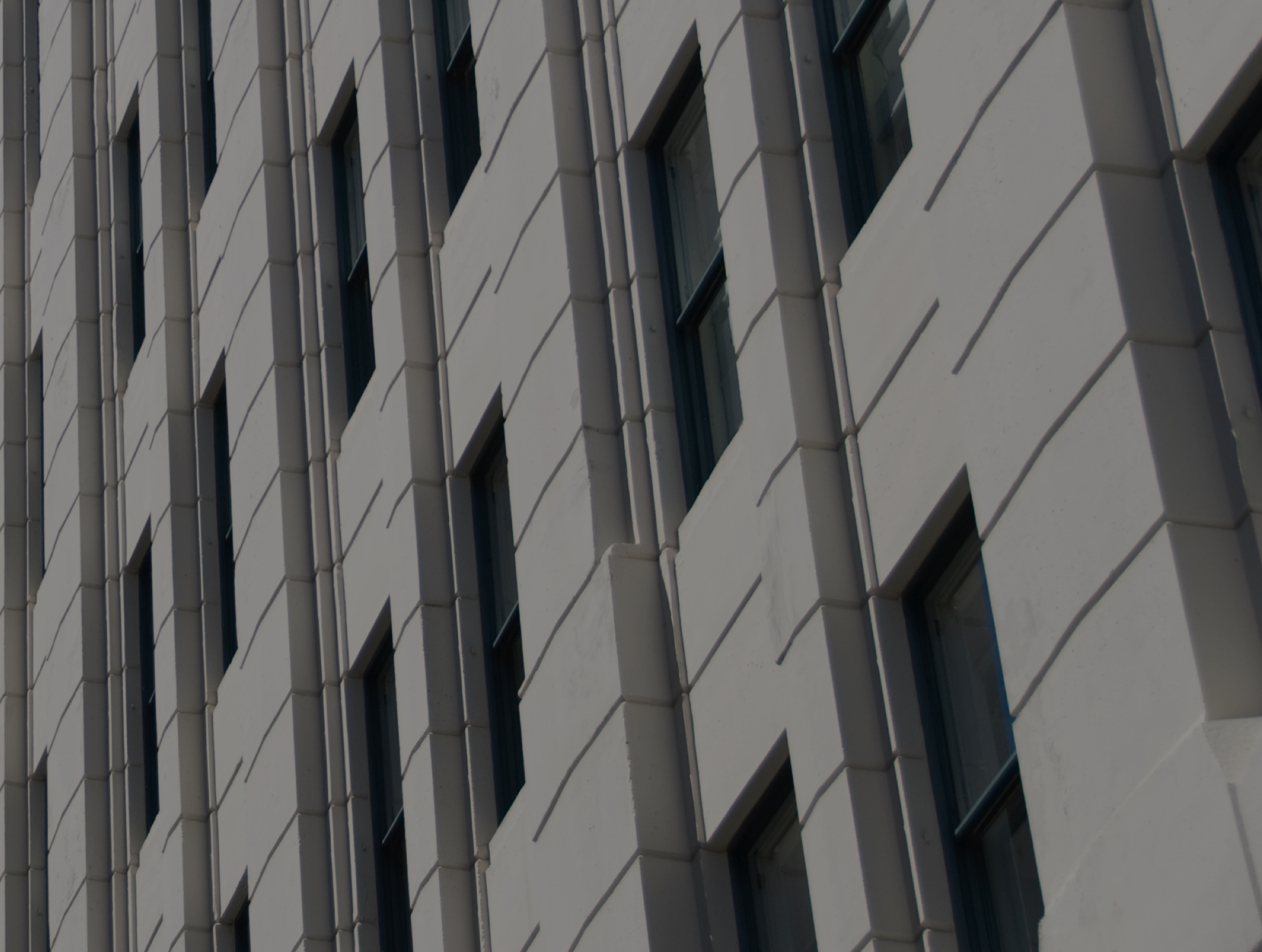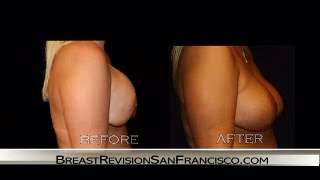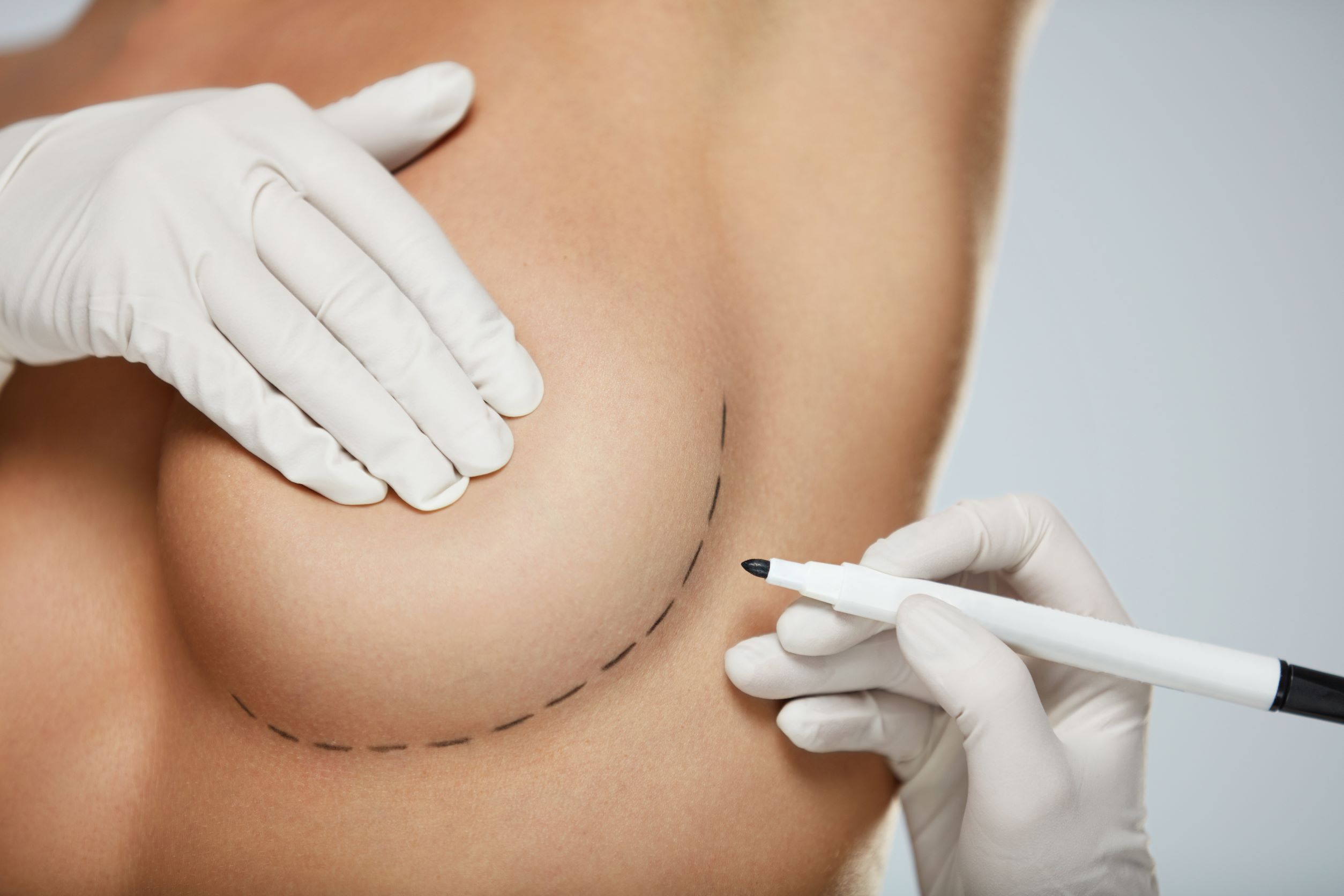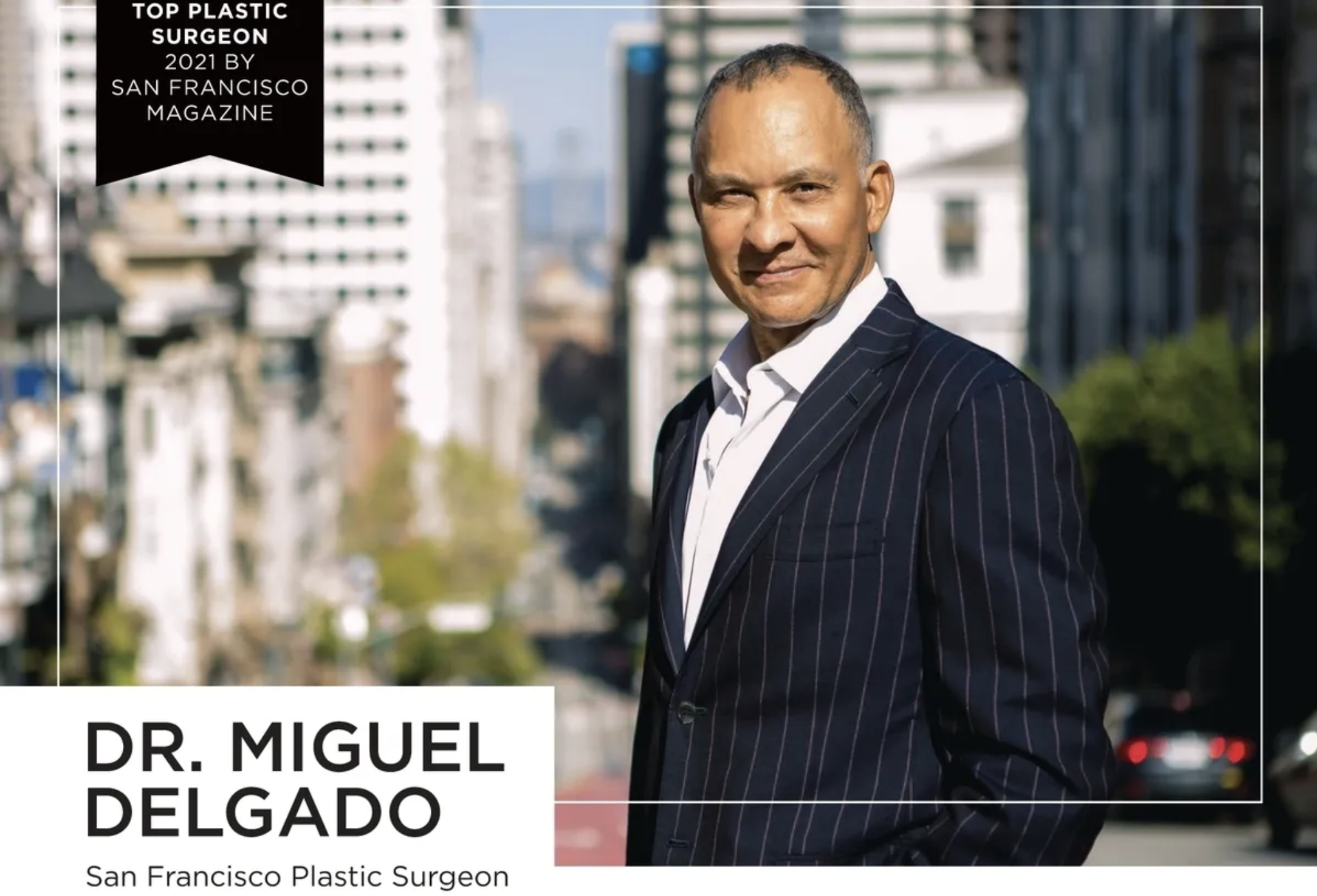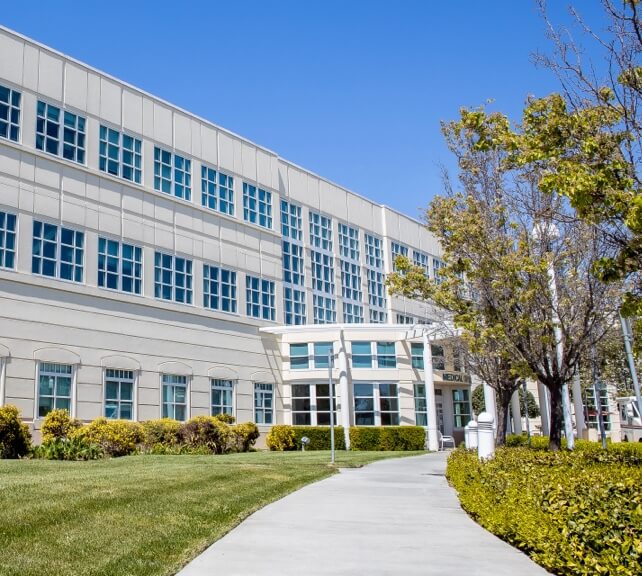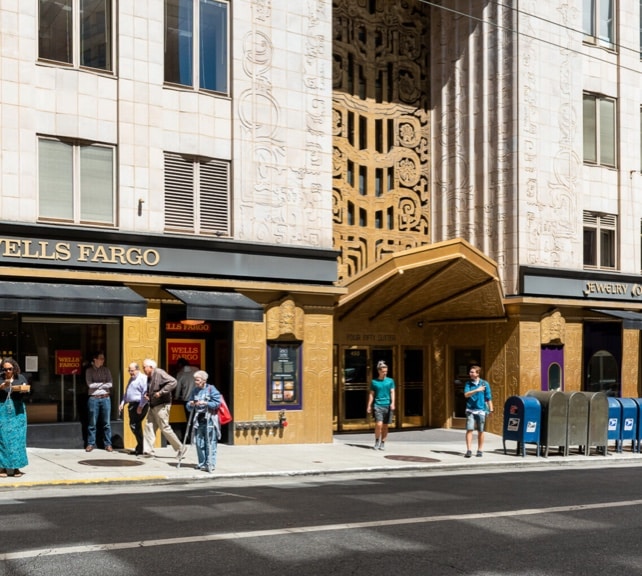Advances in breast implant technology and the surgical techniques to place them have made breast enhancement a safe and popular procedure. This is why breast augmentation is one of the top cosmetic surgery procedures performed in the United States.
SALINE BREAST IMPLANTS
Saline implants have been used for decades. They are safe and effective.
ADVANTAGES OFSALINE BREAST IMPLANTS:
- If a leak does occur, the saline (saltwater) is safely absorbed.
- Saline breast implants are filled after insertion; therefore, more adjustments can be made for volume discrepancies.
- In general, smaller incisions can be used.
- Saline implants are less expensive.
DISADVANTAGES OFSALINE BREAST IMPLANTS:
- Saline implants are slightly firmer than silicone breast implants.
- There is a chance for mild rippling or “scalloping” (of the bottom edge of the implant).
- Saline implants are not ideal for thin women over the muscle due to more potential noticeable rippling.
